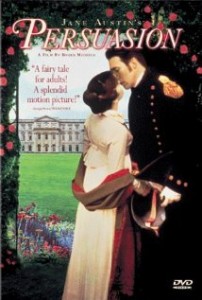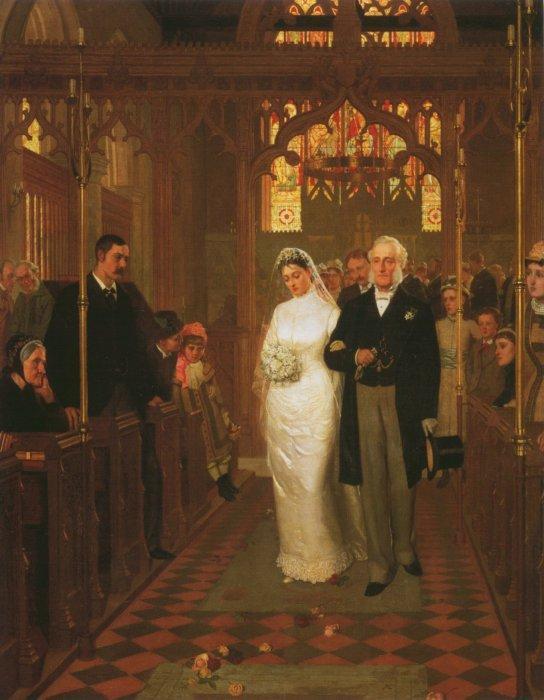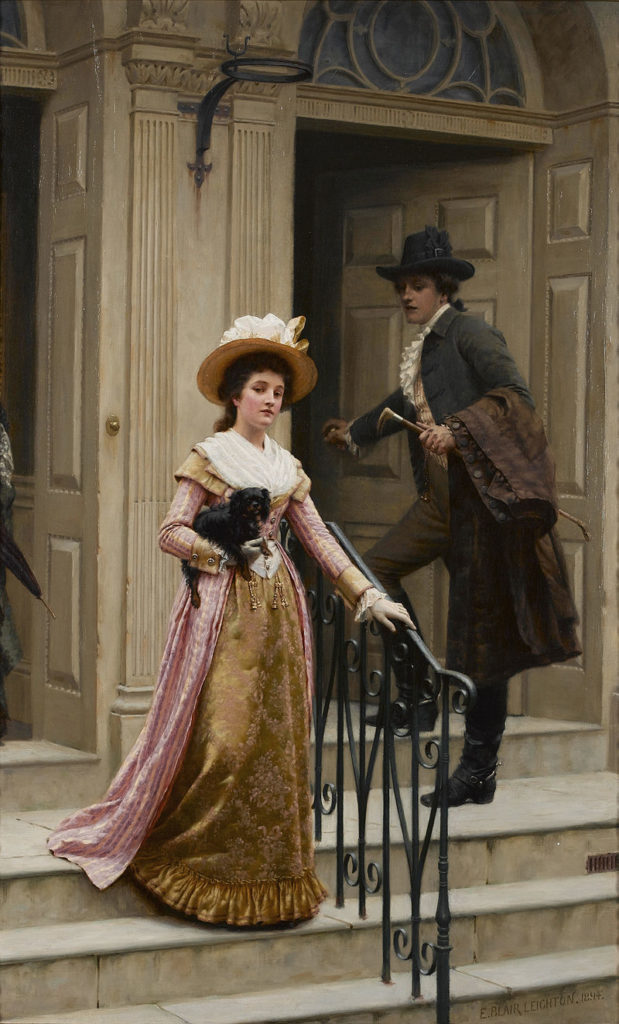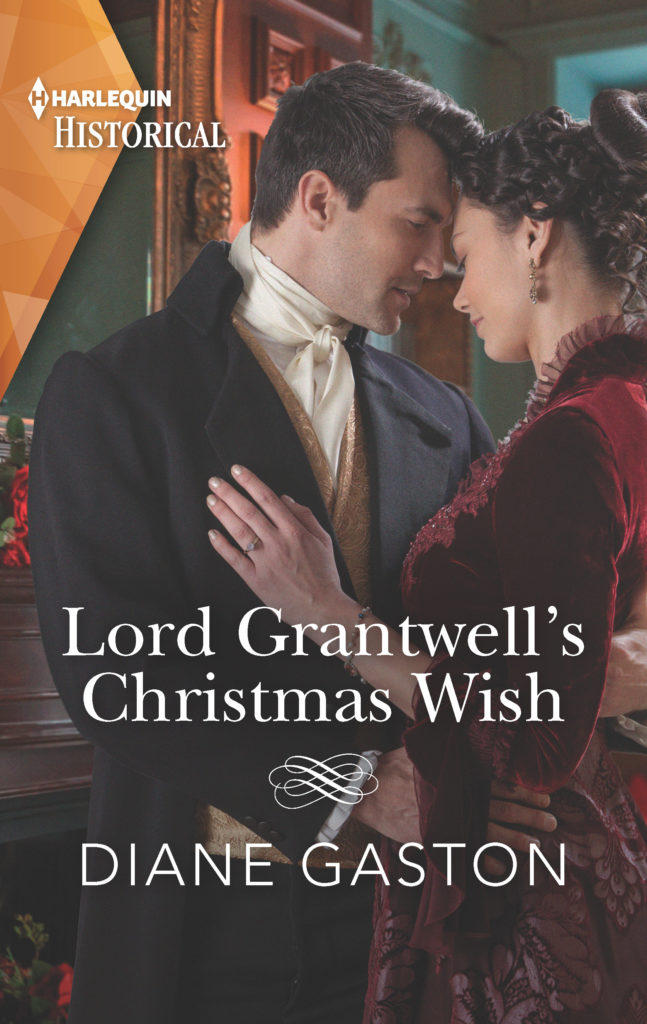I came late to loving the Regency, not until I started writing in 1995. I’d read Pride and Prejudice and Sense and Sensibility in some English class along the way, but it wasn’t until my writing pals Helen and Julie introduced me to Georgette Heyer and Regency Romance (the Signets and Zebras) that I began to really fall in love with the Regency.
One event clinched it.
Helen, Julie, and I went to see the 1995 Amanda Root/Ciaran Hinds movie Persuasion, which had been a BBC TV production in the UK but released in theaters in the US. It was this movie adaptation of a Jane Austen book I’d never read that made the Regency come alive for me.
From the country house of the Elliots to the chic rooms in Bath to the simple seaside abode of the Harviles, the Regency world the move depicted seemed so real to me. Maybe it was because the whole movie was filmed on location, but, even so, the details were not prettied up for film. The livery of the Elliot footmen looked a bit shabby, as it would have for a baronet whose fortunes were dwindling. Skirts and boots got muddy during country walks, as they would have in a time without paved walkways. The dancing was boisterous but not polished and practices, as professional dancers would have performed. The hero and heroine were attractive but not “beautiful people.”
The Regency people in the story also acted in ways I believed were true to the period. The emphasis on status, on honor and obligation seemed genuine to me. There were bored privileged young women, proud impoverished ones, scheming social climbers. There were also “normal” people, like the Musgroves and the Crofts. And Ann and Wentworth, of course.
Jane Austen may have been exploring the role of persuasion throughout the story, but she also crafted a lovely, satisfying romance, with familiar Romance themes. Persuasion is both a reunion story (Ann and Captain Wentworth were once betrothed) and a Cinderella story (Ann, the put-upon sister finds great love in the end). The conflict was poignant – Ann regretted breaking her betrothal to Wentworth; Wentworth remained bitter that she threw him off in order to seek better prospects.
There’s a lovely villain in Ann’s cousin, William Elliot, who becomes intent on courting her, and more complications ensue when Wentworth considers himself obligated to marry the injured Louisa Musgrove. The steps Ann and Wentworth each make to find their way back to each other are subtle, but very satisfying and very typical of romance novels of today.
After seeing the movie, I had a picture in my mind that was my Regency. I read Persuasion and Pride and Prejudice and all of Jane Austen’s books, even Lady Susan. Persuasion is one of the few books I’ve read more than twice. I’ve watched the movie more times than that. The social attitudes from Jane Austen’s books seeped into my brain, as did the language, the rhythm of the conversation.
So you might say Jane Austen helped create my Regency world! And now I’ve decided to write my own Persuasion story. It is just the germ of an idea right now, but, if all goes well, it should be for sale late this year or early next year.
It will be my homage to Jane Austen and her wonderful book, Persuasion.
(I adapted this blog from an earlier one written in 2012)







